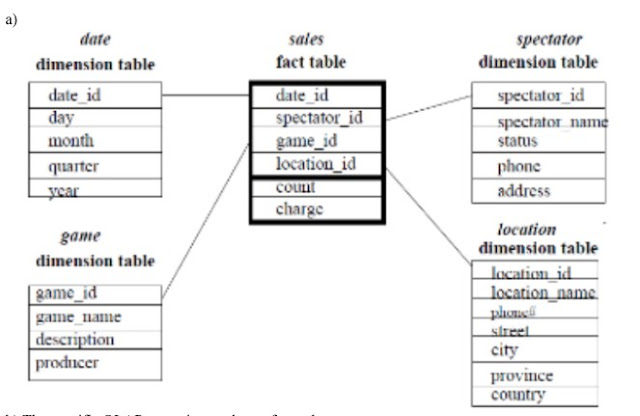Describe management functions and explain how each of them is interrelated./ Four key functions (planning, organizing, directing and controlling) make up the process of management. It is possible that the controlling function can affect the organizing function and organizing function can affect the leading functions? Explain.
Functions/Process of Management
The management system is a system or process of interrelated and sequential components or function of management. The function of management have been specified and defined variously by different authors. Fayol has specified planning, organizing, commanding, coordinating and controlling as the function of management. Likewise, according to Koontz and O'donnell, planning, organizing, developing, coordinating and staffing as the functions of management. According to Linder Urbick, forecasting, planning, organizing, commanding, coordinating and controlling as the function of management.
Luther Gulick has summarized the function of management as POSDCORB where P = Planning, O = Organizing, S = CO = Coordinating, R = Reporting and B = Staffing, D = Directing, Budgeting. In general, the following are the functions of management.
1. Planning
Planning is the basic function of management. It is outlining the future course of action and decides in advance the most appropriate course for the achievement of organizational goals. In other words, planning is systematic deciding in advance - what to do, when to do and how to do it. It bridges the gap between the present state and desired future state. It is thinking about ways and means for the accomplishment of the organization
Effective planning requires the active participation of the entire organization. For this, it must be linked to different levels/departments the organization. It should be done considering the resource available in the organization. Planning involves;
- Development of vision, mission, goals, and strategies
- Formulating system, policies and procedures
- Preparation of programs and budget.
Organizing is the process of defining the essential relationships among people, tasks and activities of an organization in a way that the resources an integrated and coordinated effectively. Hence, it involves identifying the tasks, classifying them, assigning duties to subordinates and allocating the resources.
- Identification of activities.
- Classification or grouping of activities.
- Delegation of authority and creation of responsibility.
- Coordinating authority and responsibility relationships.
- Assignment of duties.
3. Staffing
Staffing is a key managerial function related to hiring and retaining suitable workforce, both at managerial as well as non-managerial levels. It the process of planning, recruiting, training, developing, compensating ar evaluating and maintaining the workforce. Staffing has greater importan in the modern organizations due to the advancement of technology, increa in size of business, the complexity of human behavior, and workfor diversity.
Staffing mainly involves;
- Manpower planning
- Recruiting employees
- Training and development
- Compensation management
- Motivating employees
- Performance appraisal
- Promotions and transfers
- Establishment of performance standard
- Measurement of actual performance
- Comparison of actual performance with the standards and finding out deviation if any
- Analyze the reasons of deviation Take corrective action if required




Comments
Post a Comment